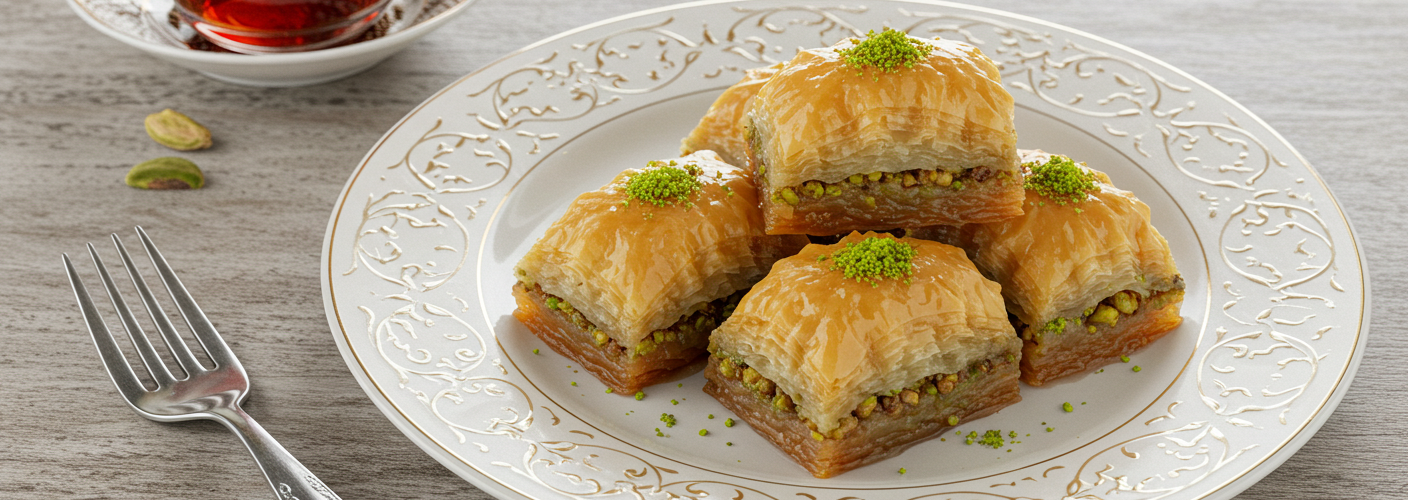Baklava is a dessert that transcends borders, captivating taste buds with its rich flavors and satisfying texture. This beloved treat, with its layers of delicate filo dough, finely chopped nuts, and a sweet, sticky syrup, is a staple in many Middle Eastern and Mediterranean cultures. Whether served at celebrations, family gatherings, or just enjoyed on a leisurely afternoon, baklava carries a sense of tradition and indulgence.
At its core, baklava consists of several key ingredients: filo dough, nuts, honey, and spices. The filo dough is the star of the show, known for its incredible lightness and flakiness. When baked to a golden brown, it transforms into a crispy shell that delights with each bite. The choice of nuts varies but commonly includes walnuts, pistachios, or almonds, which add a delightful crunch and nutty flavor. These nuts are typically chopped finely and layered between sheets of filo, providing both texture and richness to the dessert.
The magic of baklava comes in its assembly. The process begins with layering sheets of filo dough, often brushed lightly with melted butter to ensure a crisp finish. The nuts are sprinkled in generous amounts between the layers, creating a harmonious blend of flavors. The true artistry of baklava is revealed during the baking process, where the layered concoction transforms into a fragrant and golden masterpiece.
Once the baklava is removed from the oven, it is immediately drenched in a warm syrup made from honey, sugar, and sometimes infused with spices like cinnamon or cloves. This syrup seeps into the layers, adding sweetness and balancing the nutty flavor. The result is a decadent dessert that is as pleasing to the eye as it is to the palate, with glistening pieces often cut into diamonds or squares.
Baklava is more than just a dessert; it embodies a rich history and cultural significance. Originating from the Ottoman Empire, this treat has traveled across continents and evolved, with each region adding its unique twists. For instance, in Greece, it’s commonly made with walnuts and flavored with cinnamon, while Turkish baklava is often characterized by its use of pistachios and a lighter syrup. Each version tells a story, reflecting the heritage and traditions of the people who create it.
This delightful pastry is perfect for various occasions, making it a treasured choice for celebrations such as weddings, religious holidays, or family gatherings. It is not uncommon to see baklava adorning sweet tables filled with an array of treats, inviting guests to indulge in a taste of tradition.
Creating baklava at home can be a rewarding endeavor. While it may seem daunting due to its multi-layered structure, the process is simplified by working with pre-made filo dough. The satisfaction of cutting into a homemade baklava, revealing its beautifully layered interior, is unparalleled.
In conclusion, baklava is much more than just a dessert; it is a culinary artwork steeped in history. Its irresistible combination of flaky layers, crunchy nuts, and sweet syrup not only satisfies the sweet tooth but also invites appreciation for the craft behind it. So the next time you enjoy a piece of baklava, take a moment to savor not just the flavors but the rich traditions that accompany this beloved treat.




Add comment